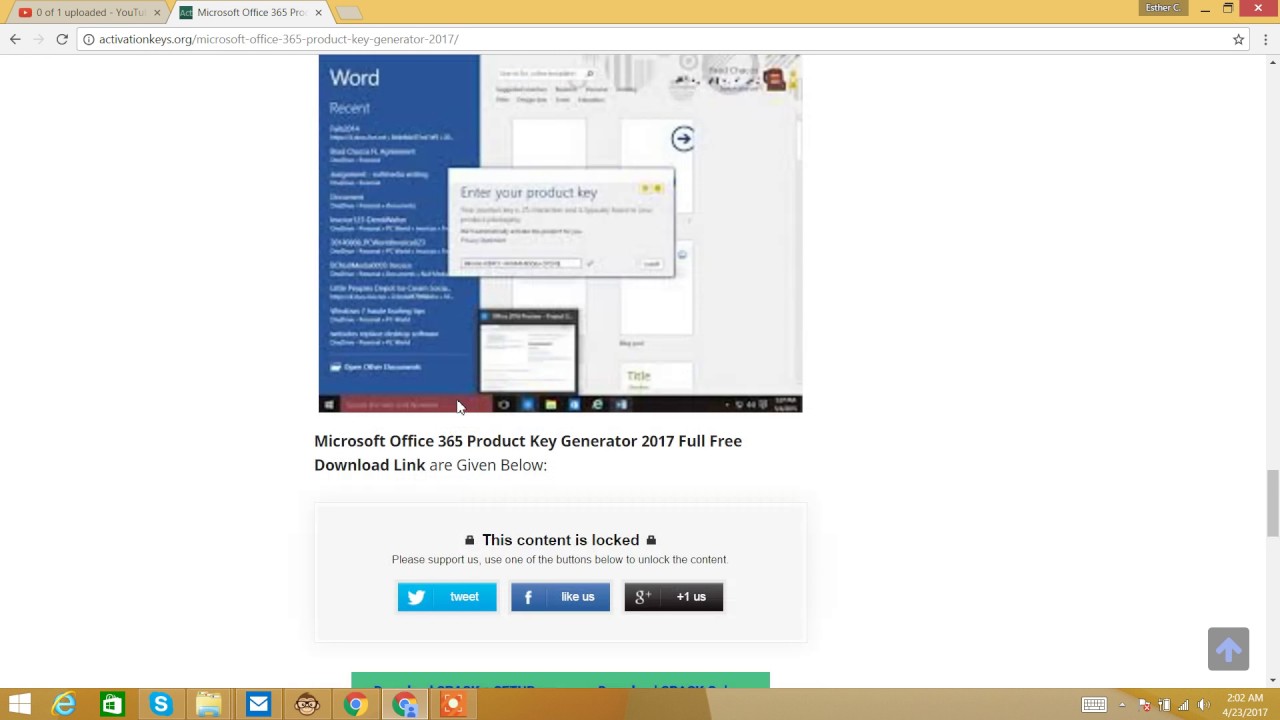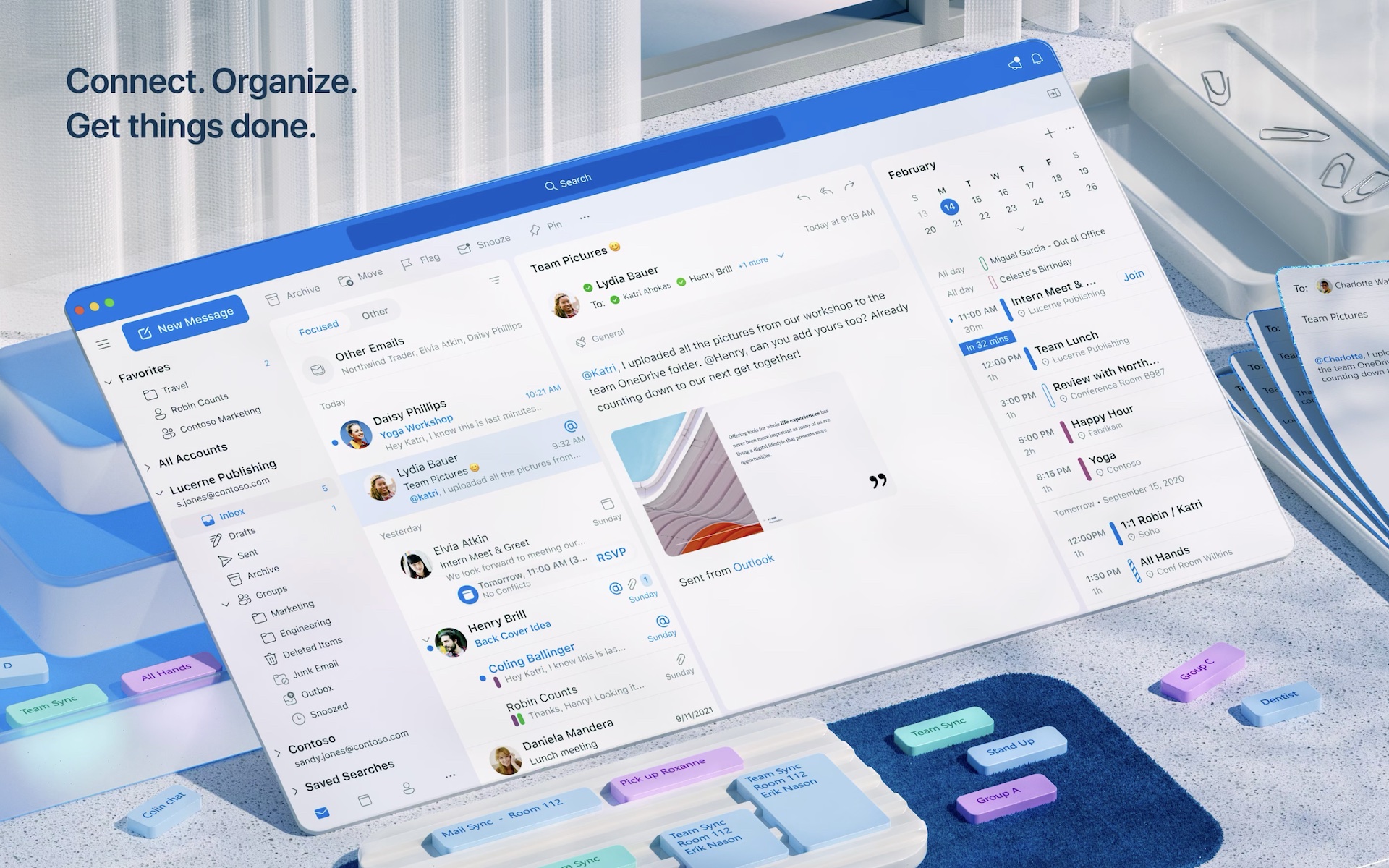
If you use files from a cloud-based location such as iCloud, this can potentially lead to data corruption within EndNote Desktop over time. When you use EndNote to insert references into Word documents, it constantly reads and writes information back to your EndNote library. Please note that many Apple macOS versions contain features to save the contents of the Document folder in iCloud, as a way to optimise storage. For resources such as the Web of Science, that the library subscribes to, you are advised to use the direct export method outlined on our adding references to EndNote page.įurther guides on different aspects of the software are available here. This will only work with free resources such as PubMed. Please note that this video features the use of online search. How to use EndNote 20 in seven minutes: macOS This short overview gives the basics of using the latest version of the software EndNote 20

Your imported references will show on screen, click All References to return to the full listĮndNote Desktop works in a very similar way whether you are using a Mac or PC.Next to Import Option, click on the drop down arrow and choose RefMan RIS.ris file you downloaded then click Choose Choose File, then Import, and select File.Open EndNote Desktop and your library of references.A message in red will appear confirming your results are added to your library and can now be used for referencing.Either choose to add the reference to a particular group or to the Unfiled area in your library. Then click Import.Use the drop down menu in the Import Option field and select RefMan RIS.Select Collect and choose Import References.A new screen will appear, listing the records to be transferred.


Once selected, the icon will change and items will be added to the Saved items folder located above the result list


 0 kommentar(er)
0 kommentar(er)
